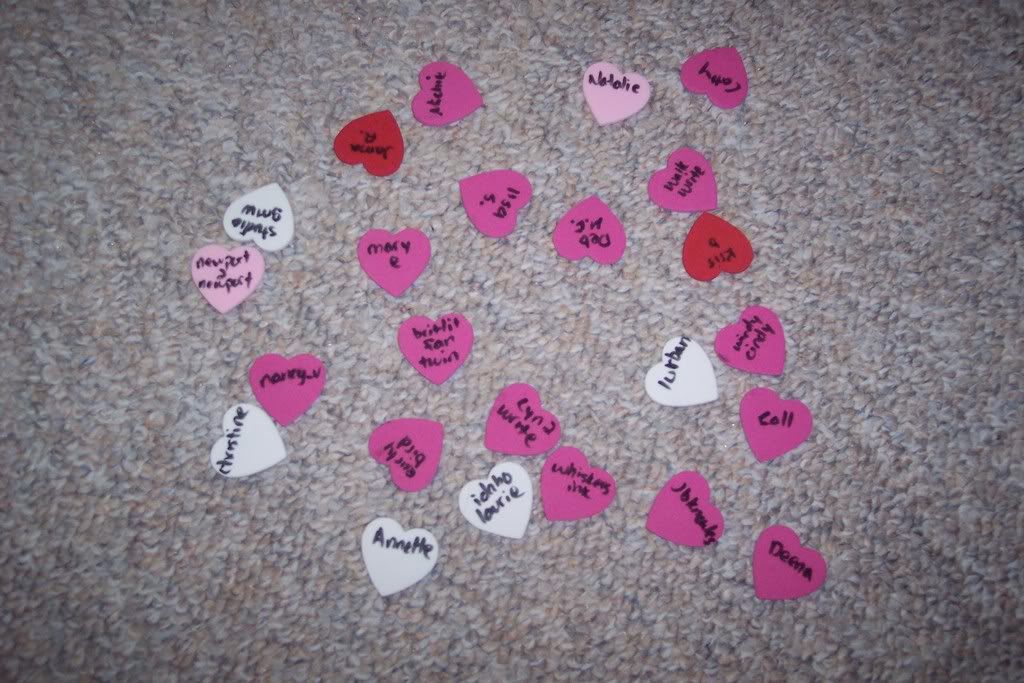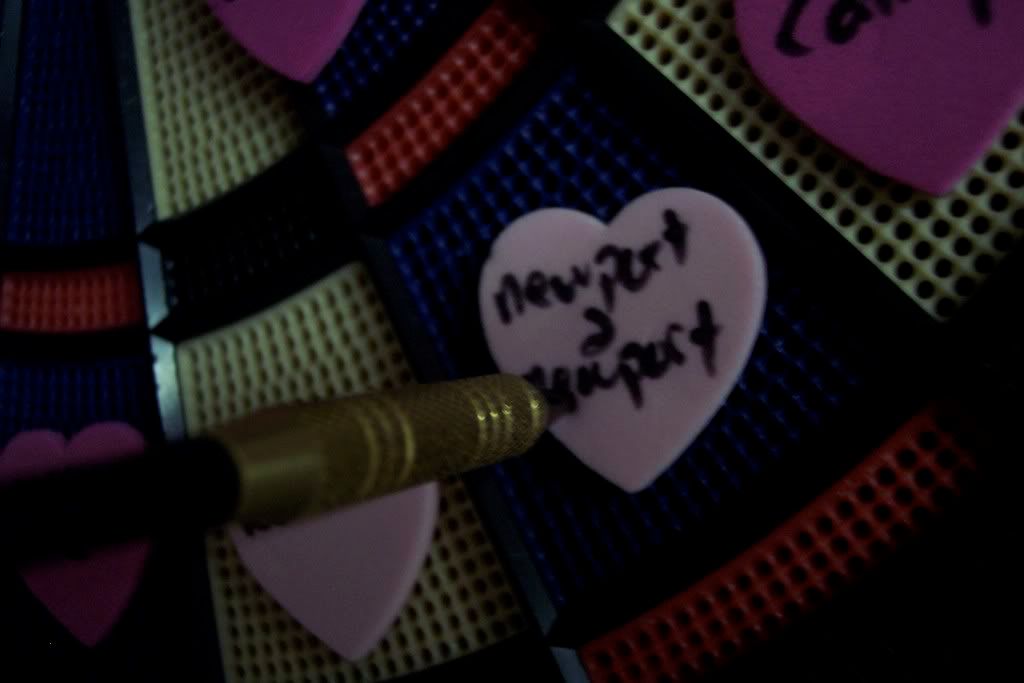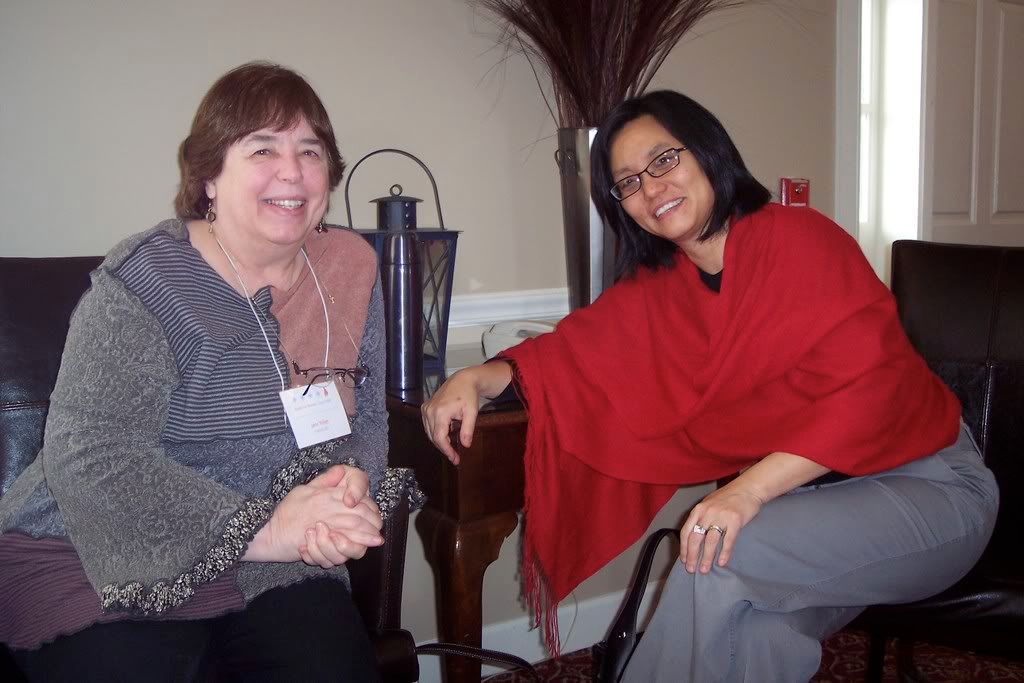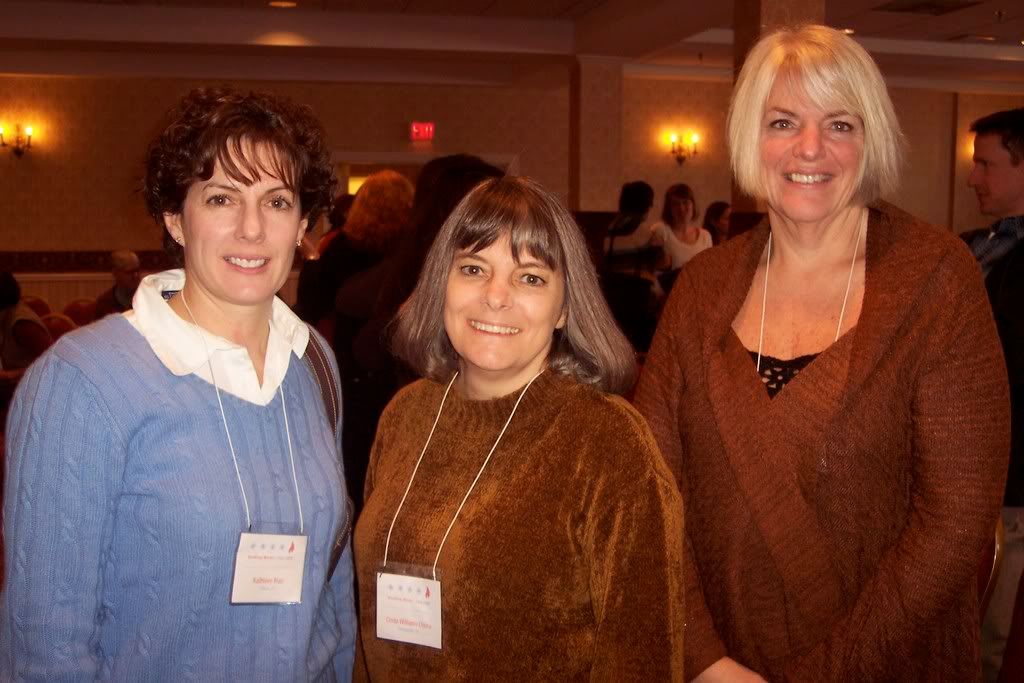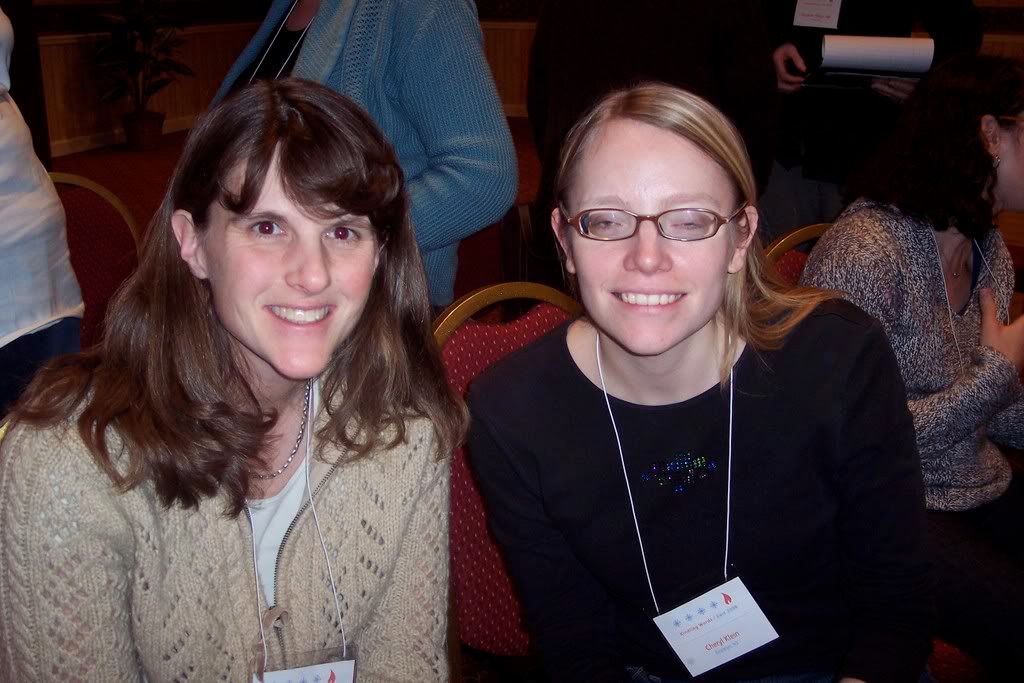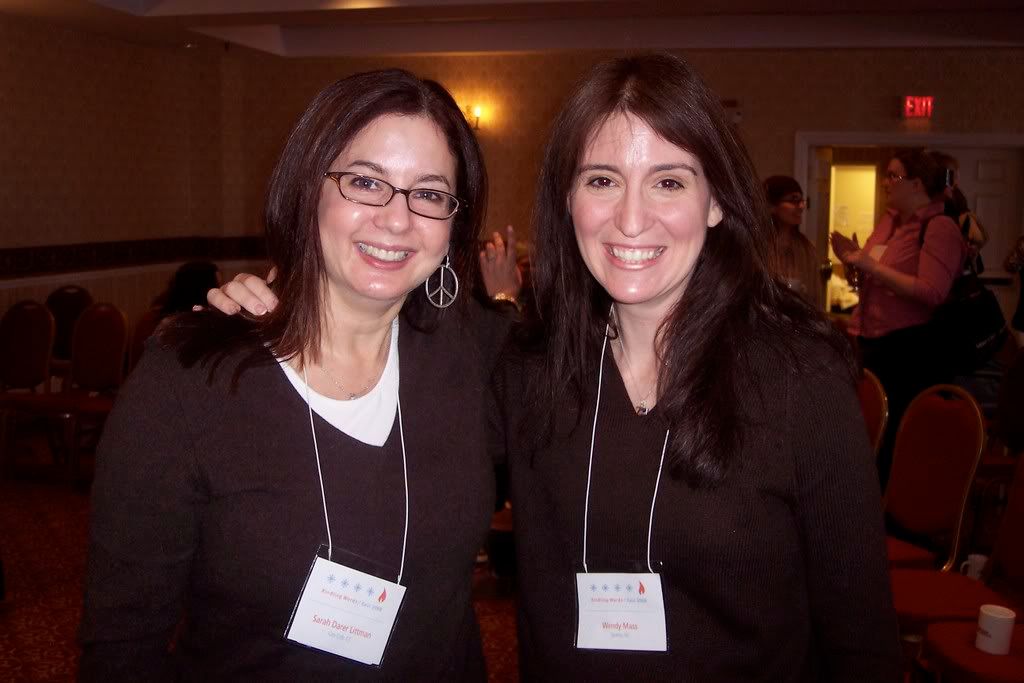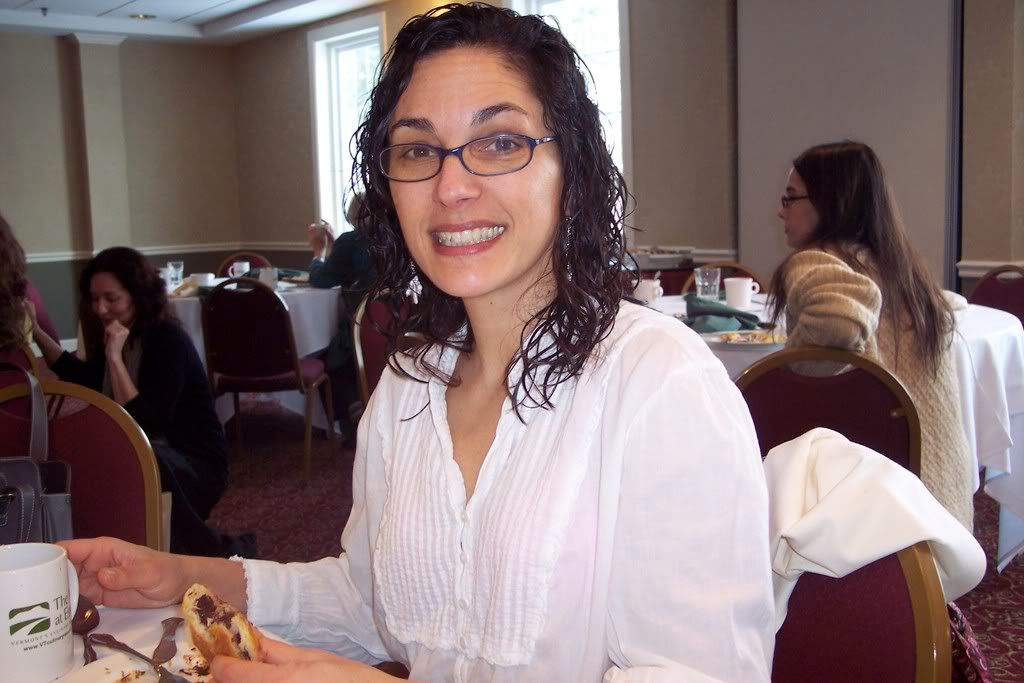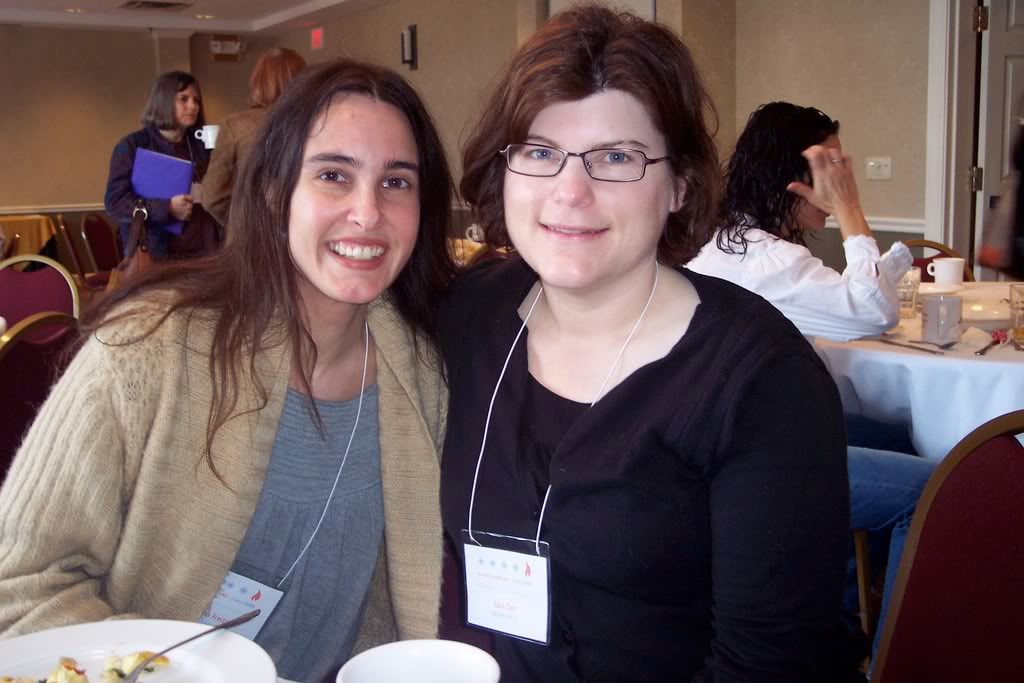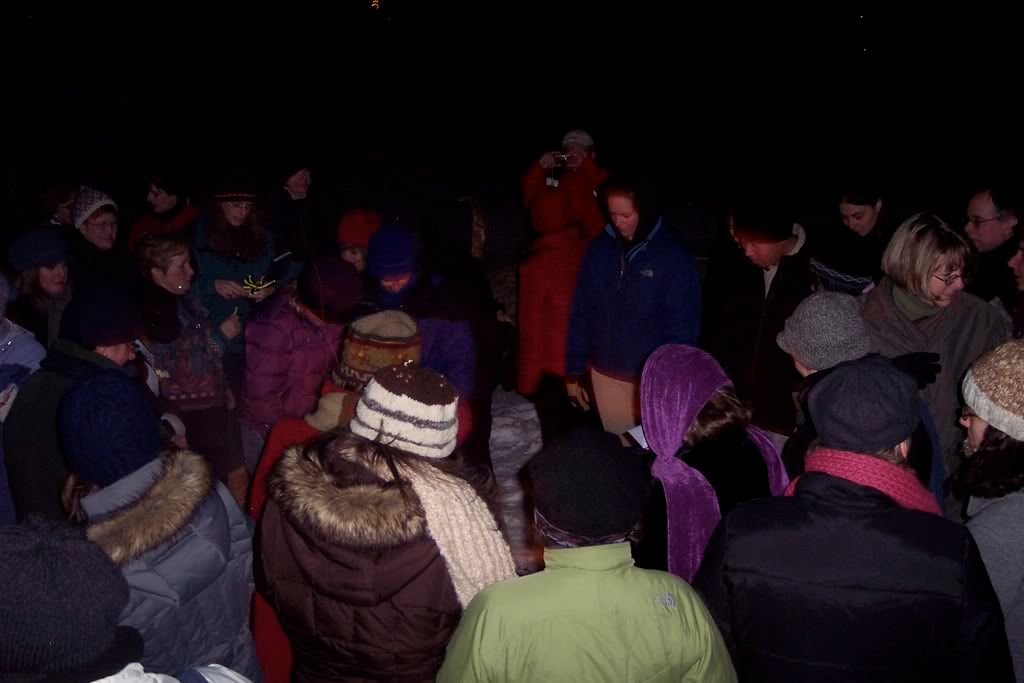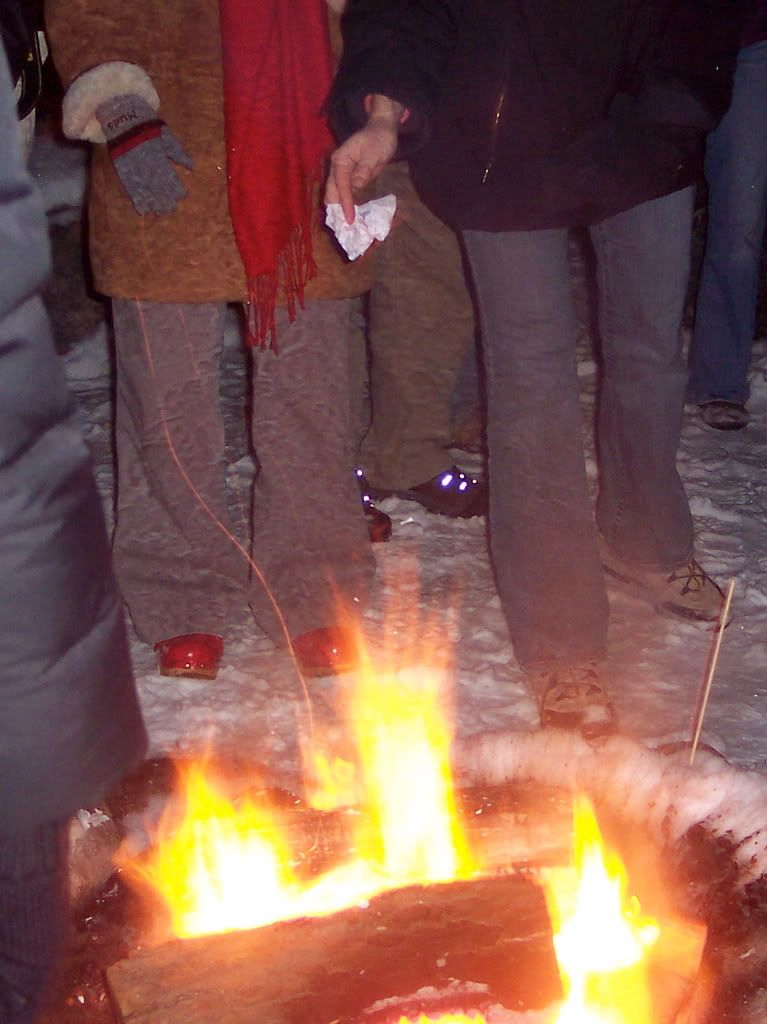
Funny things happen sometimes. A few weeks ago, I received an email asking if I’d like to review Sara Zarr’s new book SWEETHEARTS. Sure! I loved STORY OF A GIRL, and well, there’s the whole pink cookie on the cover thing. I loved the book and jumped at the chance to host a stop on Sara’s blog tour. We emailed back and forth a few times but needed to wrap things up before last weekend because Sara and I were both going to be traveling. When all was said and done, I sent Sara a link to my blog so she’d be able to see today’s interview. She emailed back. Turns out we were headed out of town for the same writing retreat, so we could have done the interview in person. I got to spend a little time with Sara at the retreat, and she’s just the kind, funny, down-to-earth person I had imagined. I love it when that happens.
I teach 7th grade English Language Arts, and I was reading SWEETHEARTS during independent reading time with my kids one day. One of my students stopped by my desk at the end of the period. “Are you going to finish that today? And can I borrow it?” Becky devoured the book in a couple days and was excited to hear that Sara would be stopping by my blog. She handed me a list of questions the next day, so this interview is our joint effort!
Welcome, Sara! First, let’s talk about the new book. What was the inspiration for this story, the spark that made you want to write about Jenna and Cameron?
I knew this boy in grade school, Mark. Like Cameron, he left a ring and a note in my lunch one day, and I remember sitting in the back of my friend’s mom’s car and discovering it and thinking, wow, there’s this person who likes me and thinks about me. Our relationship wasn’t like Cameron and Jenna’s, but for me it was like I carried around this secret—that someone cared about me and was on my side, and that meant a lot and stayed with me my whole life. Mark got back in touch when we were adults, and I started playing around with the “what if we’d known each other in high school?” question. The story went from there.
Often, authors will say that characters are made up of bits and pieces of people they know or people they’ve been. Where did Jenna and Cameron come from?
Cameron was definitely inspired by Mark, though the details about his life and his family are a total fabrication. I didn’t know him between the ages of 8 and 30, so I had to imagine him as a teenager. Jennifer, before she became Jenna, draws some on my own life. I stole and used food the way she does, and I was one of the “poor kids” who always wore hand-me-downs and got the subsidized milk, though I was not as much of an outsider as Jennifer. Jenna as a teen is a lot different than I was; I do relate to her fear of being found out for who she really is, but I think everyone feels that deep down to some extent.
SWEETHEARTS seems like a perfect title for this book. Did you know while you were writing what the title would be, or did you play around with different titles along the way? (And if you did, would you share some of them?)
The title actually came early on and I never had any other ideas. I remember emailing my agent and asking, “What do you think of SWEETHEARTS as a title?” He was lukewarm at first (he may deny it now, but I have the email evidence!). I always thought it was perfect, myself. I’ve never had a title come so easily.
I can’t imagine anyone has looked at SWEETHEARTS without commenting on the cover (and getting hungry!). Is that what you envisioned for a cover when you wrote the book, or were you surprised?
I was completely surprised. I didn’t have any idea what to expect—I’m terrible with design stuff. When I first saw it, I thought it was so literal…a sweet heart. The more I looked at it—the bite out of the cookie, the crumbs, the starkness of the background and the childlike font of the title—the more I appreciated the genius of designer Alison Impey. It’s actually kind of a masterpiece!
Becky wants to know if there’s going to be another story about Jenna and Cameron (and when Molly finishes, she’s going to want to know, too). Any plans for a sequel, or do you feel like their journey is over for now?
I have no plans for a sequel, though I’m always delighted when readers ask that question because it means the characters live on in their minds. People have also asked for a sequel to my first book, so maybe I should figure out a way for Deanna, Jenna, Cameron, Jason and Tommy to all meet up in some epic vampire fantasy…
Writers often talk about the pressure of a second book and wanting it to be better than the first. Since your first novel, STORY OF A GIRL, was a National Book Award Finalist, do you feel like that created extra pressure for you?
Absolutely. Thankfully, SWEETHEARTS was done well ahead of the National Book Award stuff, but even before that I was suffering from a major case of Second Book Psychosis. It really wasn’t based in reality, just a crazy mental battle. Honestly, there was one day that involved me curled in a ball on the kitchen floor, crying and praying and figuring out how to break the news to my agent that everyone would soon discover that I was a total fraud.
Were there any parts of writing SWEETHEARTS that were a real struggle for you?
As you can imagine, it was hard to write the scenes in Cameron’s childhood home, with his dad. It made me sick to my stomach, literally. And I’ve read books in which so much worse happens to the characters…I don’t know how those authors do it. It was hard to balance making the situation menacing enough to be scarring, but still get them out before anything worse happened.
You recently sold your next two novels. What can you tell us about those?
Not much! All I can say right now about the one I’m working on is that it involves a pastor’s daughter. I grew up in church and have always wanted to explore church life more directly in a novel. It’s too soon to talk about much else.
When and where do you most often like to write?
Whenever and wherever. My work habits aren’t anything to brag about–it’s always a struggle to get going. Every day I’m afraid. Every day I feel like I don’t know what I’m doing. So I avoid it. Time and location don’t matter to me much, as long as I do the work.
Do you have a favorite revision strategy?
Get editorial letter. Cry. Rage. Cry. Complain. Freak out. Wonder how I’ve fooled so many for so long. Cry some more. When that stage is over, I like to have a printout of the manuscript and start a new Word document rather than edit on screen and cut and paste. Even if I end up typing the same pages over and over, there’s something about the physical act of typing that helps.
And last but not least… In honor of that delicious cover, what’s your favorite kind of cookie?
A big, soft, homemade chocolate chip cookie with no nuts.
Thanks so much for stopping by, Sara!
SWEETHEARTS has an official February 1st release date but has already started showing up in bookstores. Just look for that pink cookie on the cover.
